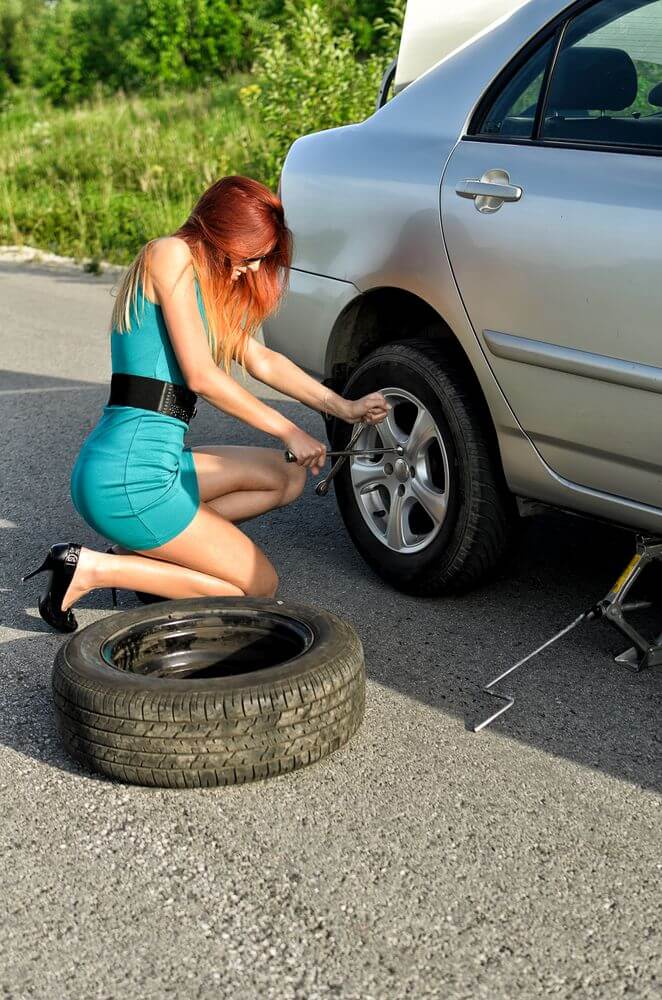Knowing how to change a tire is a necessary skill for all drivers. If you rely on a cell phone to save you in a roadside emergency, there’s always that chance you will forget to charge it, be out of range, or leave it at home. Flat tires can happen anywhere, and a cell phone is no substitute for knowing how to change a flat tire.
Thankfully, changing a tire isn’t all that hard! Just adhere to the following guidelines to be prepared in case you have a flat.
These items should have come with your vehicle:
Jack
Lug wrench
Fully inflated spare tire
Vehicle owner’s manual
If you have misplaced any of these items, or if your car did not come with these items, you should purchase new ones right away. And be sure you’re regularly inflating the spare tire to your vehicle manufacturer’s recommended PSI. You should check the spare’s air pressure every time you check your other tires.
Remember to check pressure every month and before long trips or carrying extra load.
Here are some items that don’t come with your vehicle but that you should stow in your trunk or glove box in case you have to change a flat tire:
Flashlight with working batteries
Rain poncho
Small cut of 2"x6” wood to secure the jack
Gloves
Wheel wedges
As soon as you realize you have a flat tire, do not abruptly brake or turn. Slowly reduce speed and scan your surroundings for a level, straight stretch of road with a wide shoulder. An empty parking lot would be an ideal place. Level ground is good because it will prevent your vehicle from rolling. Also, straight stretches of road are better than curves because oncoming traffic is more likely to see you.
Never attempt to change your tire on a narrow shoulder near oncoming traffic. Keep moving (slowly) until you find a safer spot. While driving on a flat risks ruining your rim, replacing a rim is better than being hit by an inattentive driver.
Make sure to consult your owner’s manual and review their specific steps on how to change a flat tire for your vehicle
Your hazard lights or “flashers” will help other drivers see you on the side of the road. To avoid an accident, turn them on as soon as you realize you need to pull over.
Once stopped, always use the parking brake when preparing to replace a flat tire. This will minimize the possibility of your vehicle rolling.
Wheel wedges go in front of or behind the tires to further ensure the vehicle doesn’t roll while you fix the flat tire. If you’re changing a rear tire, place these in front of the front tires. If your flat tire is at the front, put the wheel wedges behind the rear tires.
Bricks or large stones will work just as well as “real” wheel wedges. Just be sure they’re large enough to stop the car from rolling.
If your vehicle has a hubcap covering the lug nuts, it’s easier to remove the hubcap before lifting the vehicle with the jack. If your lug nuts are exposed, you can skip ahead to Step 6.
If your lug nuts are exposed, you can skip ahead to Step 6.
Use the flat end of your lug wrench to remove the hubcap. This will work for most vehicles, but some hubcaps need a different tool to come off. Consult your owner’s manual for proper hubcap or wheel cover removal procedures.
Using the lug wrench, turn the lug nuts counterclockwise until you break their resistance. You may have to use force, and that’s ok. Use your foot or all of your body weight if necessary.
Loosen the lug nuts about ¼ to ½ of a turn, but don’t remove them completely yet. Save that for when it’s time to remove your tire/wheel from the vehicle.
The right place for the jack is usually beneath the vehicle frame alongside the tire that’s flat. Many vehicle frames have molded plastic on the bottom with a cleared area of exposed metal specifically for the jack. To safely lift and avoid damage to the vehicle, follow the instructions for jack placement in your vehicle owner’s manual.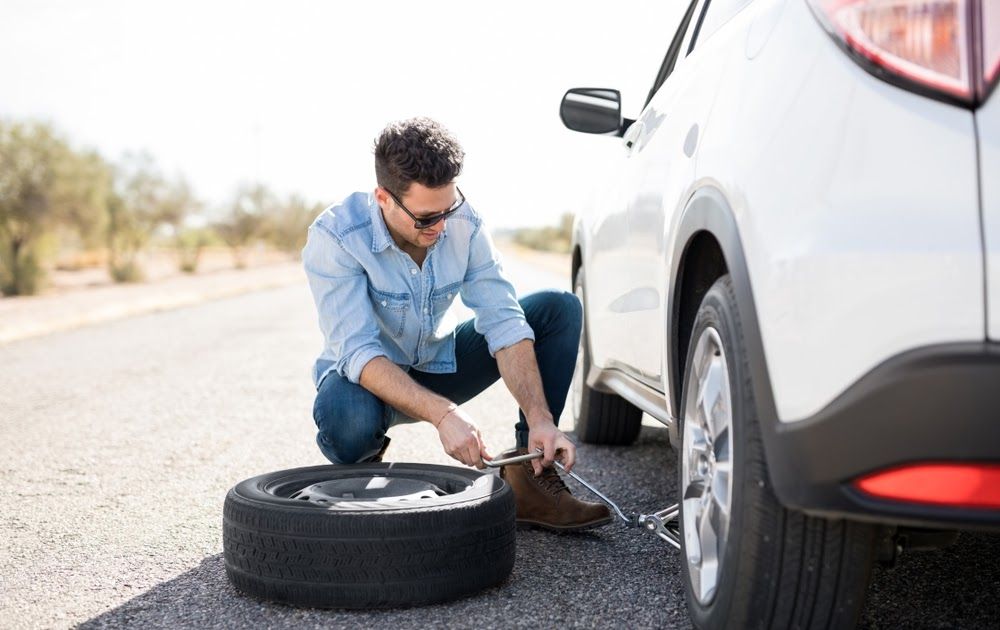
To prevent the jack from settling under the weight of your vehicle and coming off balance, place a small cut of 2x6” wood beneath it before attempting to raise your vehicle. This tactic is especially helpful on asphalt.
With the jack properly positioned, raise the vehicle until the flat tire is about six inches above the ground.
Never put any part of your body under the vehicle during or after raising the vehicle with the jack.
Now it’s time to remove the lug nuts all the way. Since you've already loosened them, you should be able to unscrew them mostly by hand.
Gripping the tire by the treads, pull it gently toward you until it’s completely free from the hub behind it. Set it on its side so that it doesn’t roll away.
Now place the spare on the hub by lining up the rim with the lug bolts. Push gently until the lug bolts show through the rim.
Put the lug nuts back on the lug bolts and tighten them all the way by hand. Once they are all on, check each one again, tightening as much as possible. You will tighten them with the wrench after lowering the vehicle to the ground.
Use the jack to lower the vehicle so that the spare tire is resting on the ground but the full weight of the vehicle isn’t fully on the tire. At this point, you should tighten the lug nuts with the wrench, turning clockwise, as much as you can. Push down on the lug wrench with the full weight of your body.
Bring the vehicle all the way to the ground and remove the jack. Give the lug nuts another pull with the wrench to ensure they’re as tight as possible.
If the hubcap you took from the flat tire will fit your spare, put it in place the same way you removed it initially. If it doesn’t fit, stow it away with the tire when you stow your equipment.
If it doesn’t fit, stow it away with the tire when you stow your equipment.
You have before you a jack, a lug wrench, wheel wedges, your flat tire, and possibly a hubcap. Don’t forget to put all of them in your vehicle before driving away.
You should check the tire pressure of the spare tire to make sure that it is safe to drive on. “T-Type” temporary spares, also called “mini-spares,” require 60 psi (420 kPa). If the tire needs pressure, drive (slowly) to a service station immediately.
Temporary spare tires aren’t made to drive long distances or at high speeds, so drive cautiously until you’re able to visit a tire technician. A professional should be able to determine whether your tire needs a repair or if it’s time to replace it.
Aside from taking your tire to a professional, the above procedure shouldn’t take more than 15 to 30 minutes to change a tire.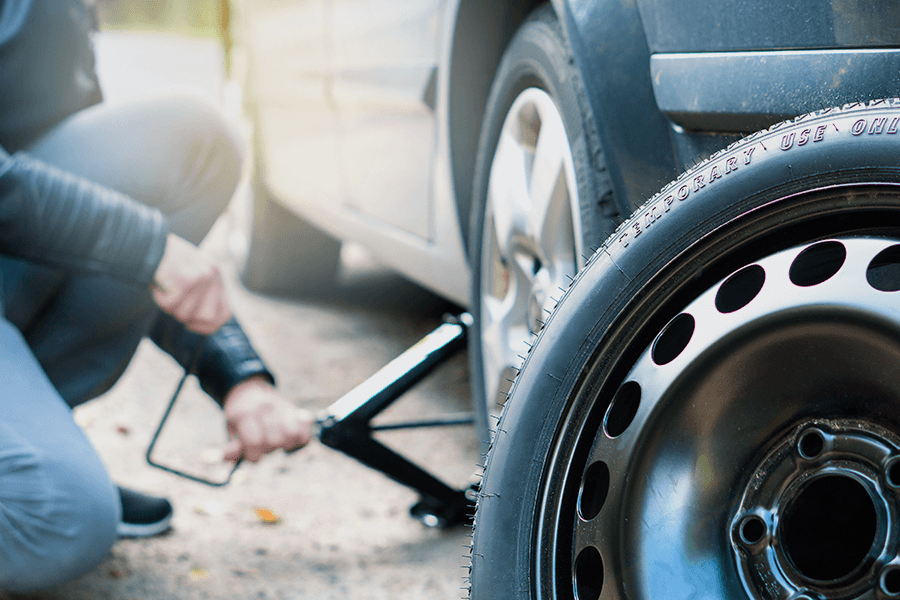 Just be sure you don’t leave out any steps.
Just be sure you don’t leave out any steps.
It’s beneficial practice changing a tire in your garage or driveway to ensure you’re ready to handle this situation if it ever happens to you.
Knowing how to fix a flat tire is great, but regular tire maintenance is even more important. In addition to reviewing this guide regularly, remember to do the following:
Keep your tires properly inflated
Rotate your tires according to the manufacturer’s guidelines
Monitor for tread wear
All of these precautions will extend the life of your tires and reduce the likelihood of a flat. While there’s no way to prevent flat tires completely, proper care can improve performance and ensure your tires last as long as possible.
There’s never a good time for a flat. That’s why Bridgestone DriveGuard tires are masterfully engineered to keep you moving for up to 50 miles at speeds up to 50 MPH without disruption.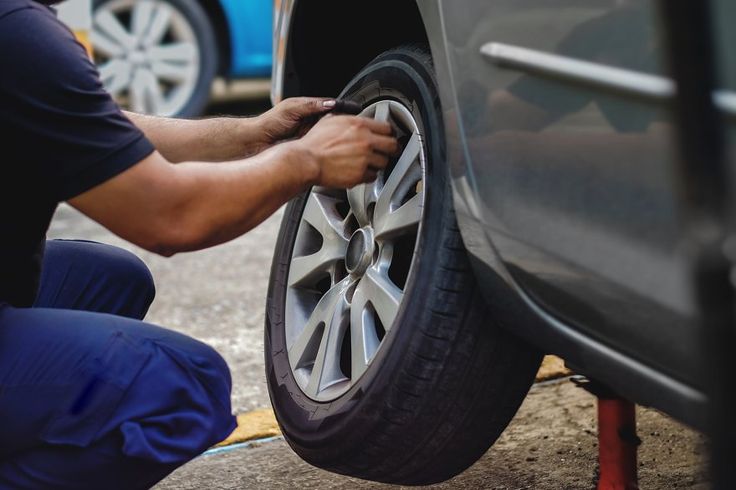
There’s never a good time for a flat. That’s why Bridgestone DriveGuard tires are masterfully engineered to keep you moving for up to 50 miles at speeds up to 50 MPH without disruption.
See Details Find Your Fit
By: Deanna Sclar and
Updated: 12-01-2021
From The Book: Auto Repair For Dummies, 2nd Edition
Explore Book Buy On Amazon
Having a flat tire and not knowing how to change it can leave you feeling helpless. With a few simple tools, you can do it yourself. Changing a tire is easy, and everyone should have a general idea of what's involved. Here are the steps:
Here are the steps:
Never change a tire on an incline or hill; always seek a flat surface, even if it means driving on a flat tire. Use bricks, wooden wedges, or metal wheel chocks to block the wheels at the opposite end of the car from the end that is to be raised.
You can use a screwdriver to pry the wheel cover off. Just insert the point of the tool where the edge of the cover meets the wheel, and apply a little leverage. The cap should pop off. You may have to do this in a couple of places, as if you were prying the lid off a can of paint.
You might know this as breaking the lug nuts. Whatever you call it, find the end of the wrench that fits the lug nuts on your vehicle, and fit it onto the first nut. Apply all your weight to the bar on the left. This starts turning the nut counterclockwise, which loosens it. Don‘t remove the lug nuts completely; just get them loose enough to remove by hand after you jack up the vehicle. A hollow pipe and a cross-shaft wrench can loosen the tightest lug nuts.
Apply all your weight to the bar on the left. This starts turning the nut counterclockwise, which loosens it. Don‘t remove the lug nuts completely; just get them loose enough to remove by hand after you jack up the vehicle. A hollow pipe and a cross-shaft wrench can loosen the tightest lug nuts.
If you have alloy wheels that are held on by lug nuts with delicate finishes, the delicate aluminum or chrome-plated lug nuts need careful handling. They should never be loosened or replaced with power tools that can scratch the delicate finish.
Place the jack securely under the edge of the car. Proper locations may vary among vehicle models, so consult the owner’s manual for the right places to put the jack.
If you have a scissor jack (see image a), insert the rod or wrench over the knob, and then crank. If you have a hydraulic jack (see image b), place the handle into the appropriate location and pump up and down. Use nice, even strokes, taking the jack handle from its lowest point to its highest point on each stroke to cut down on the labor involved.
Use nice, even strokes, taking the jack handle from its lowest point to its highest point on each stroke to cut down on the labor involved.
Take the lug nuts completely off by hand and put them in a safe place — inside the wheel cover or hub cap works well. Grasp the flat tire with both hands and pull it straight toward you. As you pull the flat off, it should slide along the bolts until it clears the end of the bolts and you find yourself supporting its full weight. Roll the flat along the ground to the rear of the vehicle to get it out of the way.
Because tires are heavy, you may have a little trouble lifting the spare into place — especially if you’re not accustomed to lifting heavy things.
Give each lug nut a jolt with the wrench to get it firmly into place, but wait until the car is on the ground before you really try to tighten the lug nuts.
After the vehicle is resting on the ground, use the lug wrench to tighten the lug nuts as much as you can.
If your car has wheel covers with a delicate finish, the owner’s manual should provide instructions for replacing it. If your car has hubcaps, place the hubcap against the wheel and whack it into place with the heel of your hand. Cushion your hand with a soft rag first so that you won’t hurt it. And don’t hit the hubcap with a wrench or hammer — you’ll dent it.
Deanna Sclar is an acclaimed auto repair expert.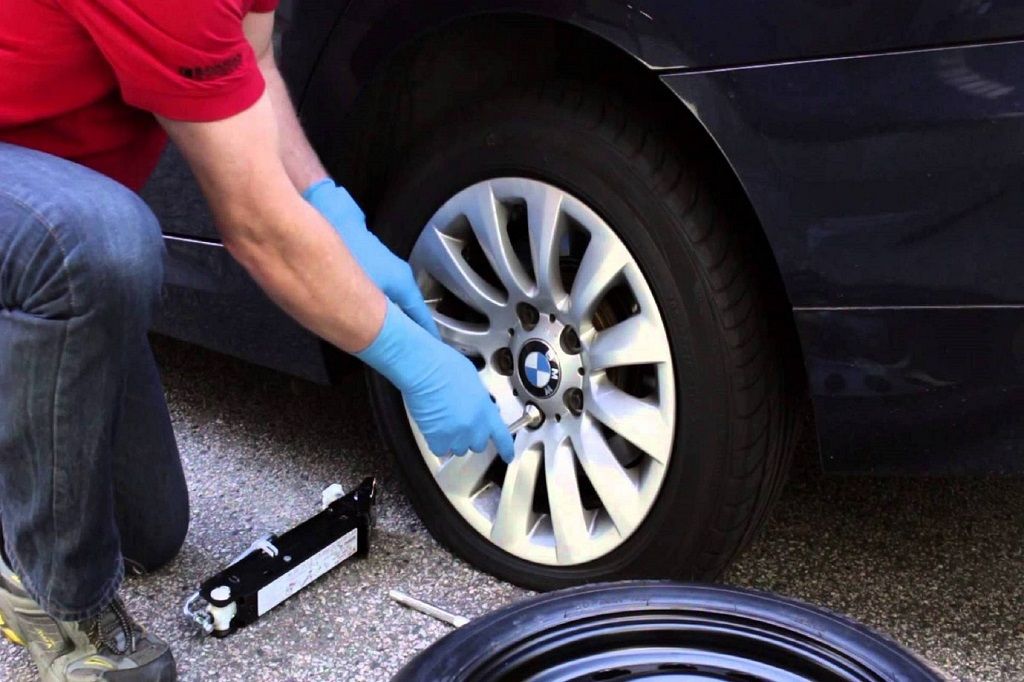 She has appeared on hundreds of radio and TV shows, including NBC's Today show and the NBCNightly News. Sclar lectures internationally on the ecological impact of vehicles and is active in promoting residential solar energy programs. Sclar is also the author of Buying a Car For Dummies.
She has appeared on hundreds of radio and TV shows, including NBC's Today show and the NBCNightly News. Sclar lectures internationally on the ecological impact of vehicles and is active in promoting residential solar energy programs. Sclar is also the author of Buying a Car For Dummies.
Does this mean that tires should be changed as soon as the snow melts? Not! It is important to be patient and wait not only for a steady "plus" during the day, but for the absence of night (and sometimes daily) short-term frosts that are quite possible in our climate.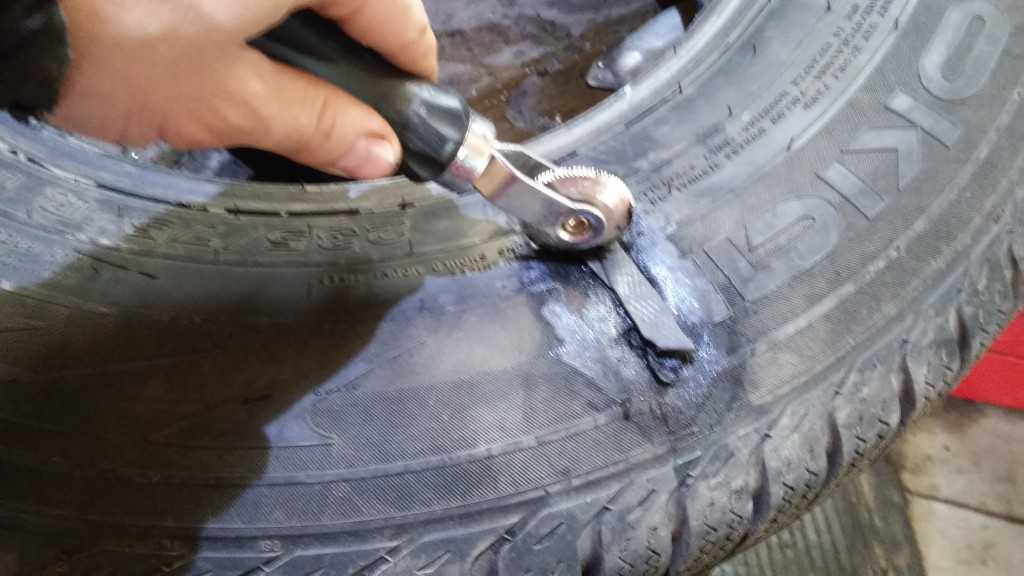 In this sense, as they say, it is better to "move".
In this sense, as they say, it is better to "move".
This is especially true for those who travel on rural secondary roads (and icy yards). For city streets and highways from the highway are actively treated with anti-icing reagents. nine0003
Technical regulation of the Customs Union "On the safety of wheeled vehicles" 018/2011, in particular paragraph 5.5, prescribes:
"It is forbidden to operate vehicles equipped with tires with anti-skid studs in the summer (June, July, August).
Vehicles not equipped with winter tires that meet the requirements of paragraph 5.6.3 of this annex during the winter season (December, January, February) are prohibited. Winter tires are installed on all wheels of the vehicle. nine0003
The terms of the prohibition of operation can be changed upwards by the regional government bodies of the member states of the Customs Union.»
Formally, following the letter of the law, owners of studded tires are obliged to change winter tires for summer tires only and only with the onset of June. However, taking into account the increased wear of winter tires at positive temperatures, higher fuel consumption and mediocre braking performance, it is better to change shoes from winter to summer in a timely manner. Cars equipped with studless winter tires can be used all year round. But, for the reasons described above, I do not recommend doing this. The author of these lines had a sad experience. Wheels with a 5-6 mm tread remaining were worn out almost over the summer. At the same time, the car noticeably “floated” at speeds of more than 100 km / h and an outboard temperature of more than +20 C. Of course, the sensations will be different from the control of the “fours” of the Zhiguli and BMW. A good car eliminates the negative consequences of using tires that are inappropriate for the season. But according to my personal feelings, properly selected tires allow not only to ensure safety, for example, on the same "seven" from AVTOVAZ, but to fully reveal the potential of the S7 from AUDI, charged with more than 400 horsepower.
However, taking into account the increased wear of winter tires at positive temperatures, higher fuel consumption and mediocre braking performance, it is better to change shoes from winter to summer in a timely manner. Cars equipped with studless winter tires can be used all year round. But, for the reasons described above, I do not recommend doing this. The author of these lines had a sad experience. Wheels with a 5-6 mm tread remaining were worn out almost over the summer. At the same time, the car noticeably “floated” at speeds of more than 100 km / h and an outboard temperature of more than +20 C. Of course, the sensations will be different from the control of the “fours” of the Zhiguli and BMW. A good car eliminates the negative consequences of using tires that are inappropriate for the season. But according to my personal feelings, properly selected tires allow not only to ensure safety, for example, on the same "seven" from AVTOVAZ, but to fully reveal the potential of the S7 from AUDI, charged with more than 400 horsepower. nine0003
nine0003
But back to the timing of the replacement. In your region (more southerly warm), the authorities may ban the use of winter tires, for example, from March to November. Or in the northern regions - to prescribe the use of winter tires from September to May. At the same time, the authorities at the regional level cannot limit the duration of the ban in force on the "union" territory: from December to February, cars throughout the territory of the Customs Union must use only winter tires, and from June to August - only summer tires.
Thus, if we proceed strictly from the terms specified in the Technical Regulations, we get:
| Summer tires (without marking m & s) | can be used from March to November |
| Winter Terrible Tires (with Marking M&S) | can be used from May |
| Win -made unhappy wires ( М&S) | can be used all year round |
As a result, if you have wheels with summer and winter studded tires, then it will take three spring months to change winter to summer tires in spring: from March to May. And before winter - from September to November. nine0003
And before winter - from September to November. nine0003
There is still a lot of controversy surrounding the statement: “It is better to have complete wheels than to have tires replaced every season”! Deformation of the onboard zone and sidewall cord is possible. In theory, it’s true - it’s cheaper, easier and more useful to change the wheels as an assembly: when the tire is mounted on the wheel (in everyday life - “disk”). In practice, my more than 20 years of experience and my friends (6-7 seasons already) have shown that nothing criminal happens with tires if tire fitting employees have the necessary and sufficient experience. By the way, did you use such a convenient service as an on-site tire fitting this season? Please write in the comments about your experience. Many, I think, will be interested. After all, this not only saves precious time, but also allows you to maintain health by storing the wheels "in stock" of the service provider. The wheels of modern cars are increasingly increasing in diameter, reaching over 20 inches.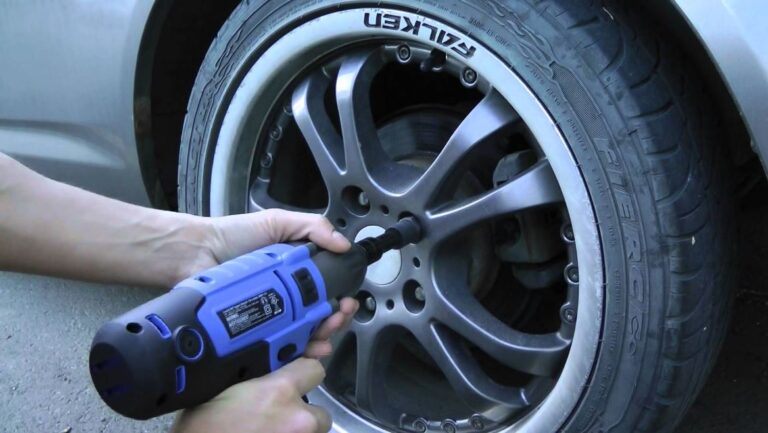 Only a physically strong person can lift these! nine0003 If you don’t have time to change your tires on time, you will get quick wear and new expenses. Photo: globallookpress.com
Only a physically strong person can lift these! nine0003 If you don’t have time to change your tires on time, you will get quick wear and new expenses. Photo: globallookpress.com
I hope I have fully covered the topic of spring tire changes. It remains only to wish you to guess with the weather forecast and always have the opportunity to entrust someone to lift your ever-increasing diameter and weight wheels.
Photo: When to change summer tires (freepik) nine0003
Author: Svetlana Mashchenko
Seasonal tire replacement is a traditional and obligatory procedure for Ukrainian motorists. How to understand that it is time to choose a new set of winter tires, what types of tires exist and where can you buy them?
Andrey Kotsina, head of OLX Auto division, told Styler about this.
It often happens that when buying a used car, the new owner receives a set of winter or all-season tires, on which the car can be operated in the cold season.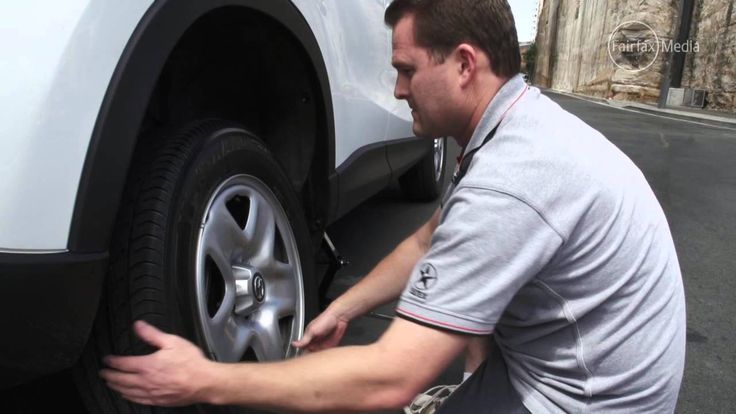 Even more often, motorists buy tires for an existing car, choosing them by size. nine0003
Even more often, motorists buy tires for an existing car, choosing them by size. nine0003
"In any case, I recommend checking the tires for hidden damage before winter (carelessly repaired punctures and cuts, cord damage, etc.)," the expert advises.
Part of the damage can be seen during the visual inspection, but for a complete inspection the tires must be removed from the rims. In addition, before installing the wheels on the machine, they should be balanced. If there is serious damage, you should consult with tire workers regarding the feasibility of repair. nine0003
Even a kit that you know after "changing shoes" before sending it to seasonal storage, it is recommended to inspect for stuck objects (nails, screws, etc.) and cuts, since damaged tires can only start to leak air over time.
The main criterion for replacing car tires with new ones is their residual life, or tread depth.
According to the traffic rules of Ukraine, it is forbidden to use wheels with a tread depth of less than 1. 6 mm. nine0076
6 mm. nine0076
On tires, this limiting resource is indicated by a special indicator by means of an influx inside the tread. Some tire manufacturers also mark the remaining tread height in millimeters.
Many brands advise you to change your winter tires earlier - when the tread is worn down to 4 mm. Further, the risk of aquaplaning and splashplaning increases significantly - the loss of contact between the car and the wet and snowy road, respectively.
Photo: In winter it is necessary to "change shoes" (freppik)
The date of issue is indicated on the sidewall of the wheel. Over time, rubber becomes less elastic, provides poorer traction, cracks, and therefore its operation becomes dangerous.
Tire manufacturers report that wheels are capable of performing as advertised 4-5 years after production.
When looking for tires online, you should ask the seller to provide a photo with the date of manufacture of the wheels. It is usually labeled with a week number and a year. So, the marking "4020" means that the wheel was made in the fortieth week of 2020. nine0003
It is usually labeled with a week number and a year. So, the marking "4020" means that the wheel was made in the fortieth week of 2020. nine0003
There is a generally accepted rule: you should change summer tires to winter tires when the average daily temperature outside drops below +7 °C. However, it is important to take into account the individual operating conditions of each machine and regional features.
If a motorist regularly drives a car early in the morning, late in the evening and at night, then you need to "change shoes" earlier. In late September - early October, during the day the temperature rises to 20-25 ° C, but at night it can drop to 0 ... + 5 degrees, and due to low temperatures, summer tires will not work as efficiently as winter tires. nine0003
Accordingly, if you operate the car mainly during the day, then the moment of "changing shoes" can be slightly postponed.
For example, in the Carpathians or in the northern regions, the first frosts and, in general, autumn cooling begin earlier, so you need to prepare for the seasonal replacement of rubber in advance.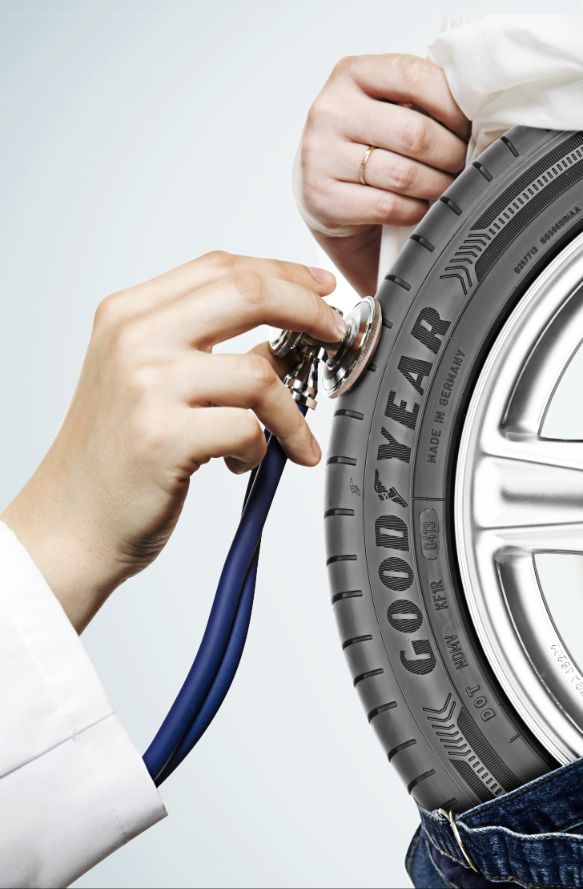
If we are talking about large cities, central and southern regions, then this process can be shifted by a week or two closer to winter. nine0003
Interestingly, some CASCO agreements may contain a mandatory date after which the insured car must be "shod" in winter tires, often it is October 15th. And if this is not done, then the payments can be appealed.
Interestingly, tires can often be sold together with rims, which will save money in the future: you can not go to a tire shop to "change shoes" for a car, but do it yourself.
All season tires are a "hybrid" of summer and winter tires in terms of tread pattern and rubber compound. They are often factory fitted to crossovers and compact commercial vehicles.
Under the conditions of continental winter, which is usually observed in Ukraine, the operation of a car on the "all season" is possible only in cities where the roads are cleared of snow and strewn, and the likelihood of being on a slippery or snowy section of the route is reduced to a minimum. nine0003
nine0003
"I would not recommend running a car for a long time in the winter on all-season tires, if possible, it is necessary to replace it with one of the types of winter tires," the specialist noted.
Studded winter tires are characterized by the presence in the design of metal or plastic elements - spikes, which should improve grip on slippery roads.
Compared to friction tires, studded tires perform better on snowy roads, on ice and in the presence of an ice crust. However, they are noisy and have worse braking performance on dry and wet pavement. nine0003
Some car experts point out that studded tires are ideal for winter wheels: it is enough to get on a frozen road once a season to appreciate their advantages.
Studs can also slightly increase fuel consumption and do not like active driving - they can fall out from slipping and hard braking. Spikes can also be "lost" in the warm season.
Studded tires are recommended for motorists who often drive in winter on highways and settlements where they do not remove snow and do not struggle with ice in the cold season.